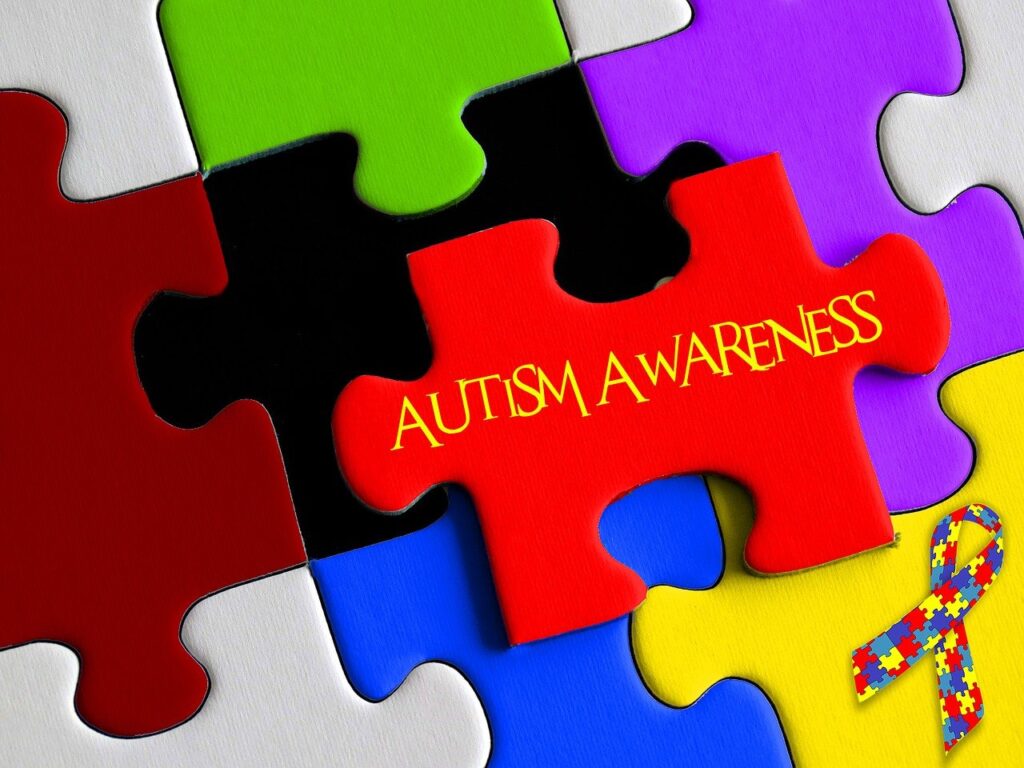Autism Spectrum Disorder (ASD) is a developmental condition that affects communication, behavior, and social interaction. As a parent, advocating for your child is crucial to ensuring that they receive the appropriate support and services. This guide provides key advocacy strategies and detailed resources to help navigate therapies and interventions.
Understanding Autism Spectrum Disorder
ASD is a broad spectrum, meaning that symptoms and challenges vary significantly among individuals. Some children may require substantial support, while others may need only minor accommodations to thrive. Common characteristics include difficulties with social interaction, repetitive behaviors, and sensory sensitivities (American Psychiatric Association, 2013).
Steps to Advocate for Your Child
1. Educate Yourself and Others
Knowledge is your greatest tool. Learn about your child’s rights under the Individuals with Disabilities Education Act (IDEA) and Section 504 of the Rehabilitation Act. These laws ensure that children with disabilities receive free appropriate public education (FAPE) and necessary accommodations (U.S. Department of Education, 2021).
2. Seek Early Intervention Services
Early intervention (EI) programs, which are often free or low-cost through state-funded programs, provide therapies for children under three years old. Research has shown that early behavioral and developmental interventions significantly improve outcomes for children with ASD (National Institute of Child Health and Human Development, 2022).
To access EI services, parents can contact their state’s early intervention program through the Early Childhood Technical Assistance Center (ECTA Center).
3. Explore Applied Behavior Analysis (ABA) Therapy
ABA therapy is one of the most researched and effective interventions for children with ASD. It focuses on improving social, communication, and behavioral skills through reinforcement strategies. Some reputable ABA therapy providers include:
- Autism Speaks Resource Guide (www.autismspeaks.org)
- Behavior Analyst Certification Board (BACB) Directory (www.bacb.com)
- Local therapy centers covered by insurance providers
ABA is often covered by insurance, but policies vary by state. Parents should check their state’s autism insurance mandates through the National Conference of State Legislatures (www.ncsl.org).
4. Consider Additional Therapies
While ABA is a leading therapy, many children with ASD benefit from a combination of interventions:
- Speech Therapy: Helps with language development and communication skills. The American Speech-Language-Hearing Association (www.asha.org) offers a directory of certified therapists.
- Occupational Therapy (OT): Focuses on sensory processing, fine motor skills, and daily living activities. Find an OT through the American Occupational Therapy Association (www.aota.org).
- Social Skills Training: Enhances social interaction abilities through structured programs, available through schools or private therapy centers.
5. Work with Schools for an Effective IEP or 504 Plan
An Individualized Education Program (IEP) or 504 Plan ensures that children with ASD receive tailored support in school. Parents should:
- Request an IEP evaluation through their school district.
- Attend IEP meetings with clear goals and data.
- Collaborate with teachers and therapists to monitor progress.
The Center for Parent Information and Resources (www.parentcenterhub.org) offers IEP guides and advocacy tips.
Final Thoughts
Advocating for your child with ASD is a continuous journey, but with the right resources and persistence, you can ensure they receive the support they need to thrive. Connecting with parent support groups, such as the Autism Society (www.autism-society.org), can provide additional guidance and community support.
By staying informed, working with professionals, and standing up for your child’s rights, you can make a significant impact on their development and quality of life.
References
- American Psychiatric Association. (2013). Diagnostic and statistical manual of mental disorders (5th ed.).
- National Institute of Child Health and Human Development. (2022). Autism spectrum disorder: Overview. Retrieved from www.nichd.nih.gov
- U.S. Department of Education. (2021). A guide to IDEA. Retrieved from www.ed.gov
- Image by karelinlestrange from Pixabay



